Mastering the Art of Design Patent Searches a Strategic Guide to Protecting Your Innovations
What is a Design Patent Search?
A design patent search is vital for confirming a design’s originality before filing for protection. It ensures the design is unique, new, ornamental, and not already patented. Design patents, distinct from utility patents, protect the visual appearance of functional items for 14 years. Commonly applied to products like furniture, tools, toys, and sporting goods, they safeguard distinctive aesthetics without affecting utility patents. For example, a tissue’s embossed pattern may qualify for a design patent, even though tissues themselves are not patentable. A thorough search prevents conflicts or redundancies, ensuring a wise investment when pursuing design and utility patents.
Design Patent Search Importance
Conducting a design patent search is crucial to avoid replicating existing patents. Free tools like the USPTO website, Google Patent Search, and libraries offer basic searches, while paid services such as Questel Orbit and Derwen Innovation provide more accuracy. These searches rely heavily on visual analysis of drawings as well as keywords, making the process challenging but essential for identifying similar designs and avoiding unnecessary expenses or delays in filing.
Reasons to Consider Using Design Patent Search
Before filing a design patent application, conducting a thorough patent search is essential. While the USPTO database and Google Patent Search are helpful, they may be challenging to navigate or incomplete, increasing the risk of overlooking similar designs. Consulting a patent attorney is highly recommended, as they can access advanced tools, review your design, and compare it with existing patents from the past 14 years, ensuring eligibility and saving time and resources.
Importance of Visuals in Design Patent Searches
Design patents rely significantly on drawings and images to define their scope of protection. As part of the search process, carefully examine the visual representations in the search results to identify designs similar to yours. Each design patent entry includes detailed diagrams that provide a clear illustration of the ornamental features being protected, allowing for a thorough comparison with your design.
Analyze the Results
Carefully review the search results to gather relevant information, including patent numbers, titles, and abstracts, as well as the accompanying drawings and images. Pay particular attention to the visual and ornamental elements of the designs, assessing their similarity to your own design. This analysis is crucial for determining whether the design is novel and distinct, or if it may overlap with existing designs.
How to Perform a Design Search in USPTO
Conducting a search in Free Database (USPTO)
When conducting a design patent search, define clear parameters by starting with Classification Code Search using USPTO and Locarno classifications to identify relevant categories. Use Keyword Search with descriptive terms and synonyms for comprehensive coverage. For targeted results, consider an Assignee or Inventor Search to find patents by specific companies or individuals, and apply a Date Range Filter to focus on relevant filings within a specific timeframe.
An example of the same is stated below in FiG. 1.
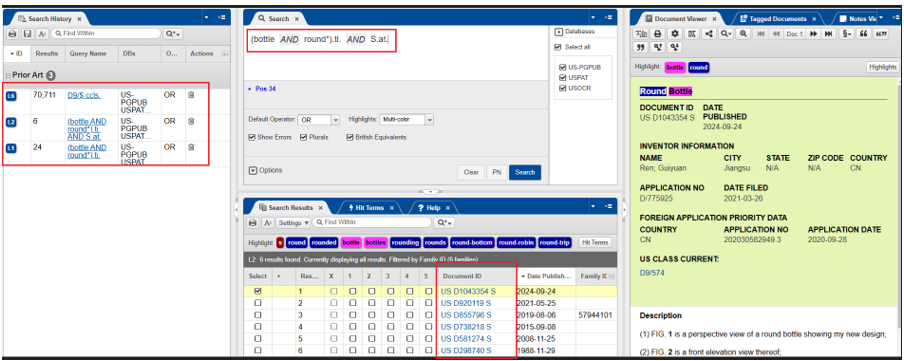
FIG.1
Paid databases like LexisNexis TotalPatent One®, Questel (Orbit), PatSnap, and Derwent Innovation provide advanced tools such as AI-driven search, image recognition, and robust analytics, enabling efficient and precise design patent searches.
Derwent Innovation
Derwent is a premium patent database with enhanced search features, including advanced filtering options for design patents.
Features:
- Extensive global patent coverage, including design patents.
- Highly advanced search filters, including visual search tools.
- Tools for analyzing design patent families, citation analysis, and legal status.
Limitations:
- Cost: Derwent is a paid service, and its fees can be significant for individual users or small businesses.
- Complex Interface: Although powerful, its interface may require a learning curve for beginners.
Questel Orbit
Questel Orbit is another premium database offering global patent search tools, including for design patents.
Features:
- Access to a comprehensive database of design patents globally.
- High-level tools for design similarity search, including images.
- Advanced filtering, sorting, and categorization features.
Limitations:
- Cost: As with Derwent, Questel Orbit is a subscription-based service.
- Learning Curve: The array of features may require time to master.
An example of the UI is shown below in Fig. 2.
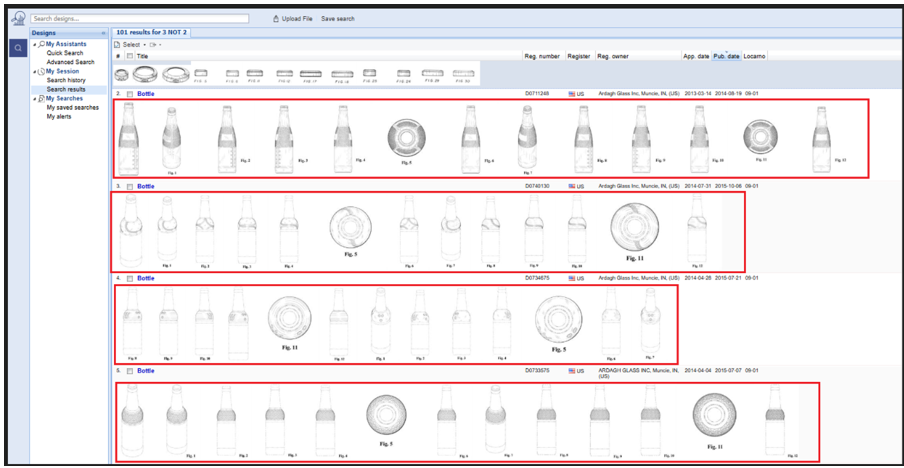
Example
For example, the ‘Voda (Water) Package and Brand Identity Design’ is shown with the actual product below. If they wish to file a US design patent, they should submit it in USPTO format. However, before doing so, they should search for similar designs to assess novelty, and this can only be confirmed through a search. This can be done using either free or paid databases. The major differences have already been listed above. Therefore, we are using the example below for reference. If we proceed with the search for this design, only for patents, the outcome will be similar to Fig. 4, as shown below.
Similarly non-patent literature references are also listed under section “Non- Patent Literature ”
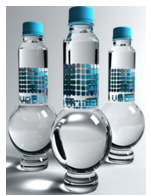
FIG. 3
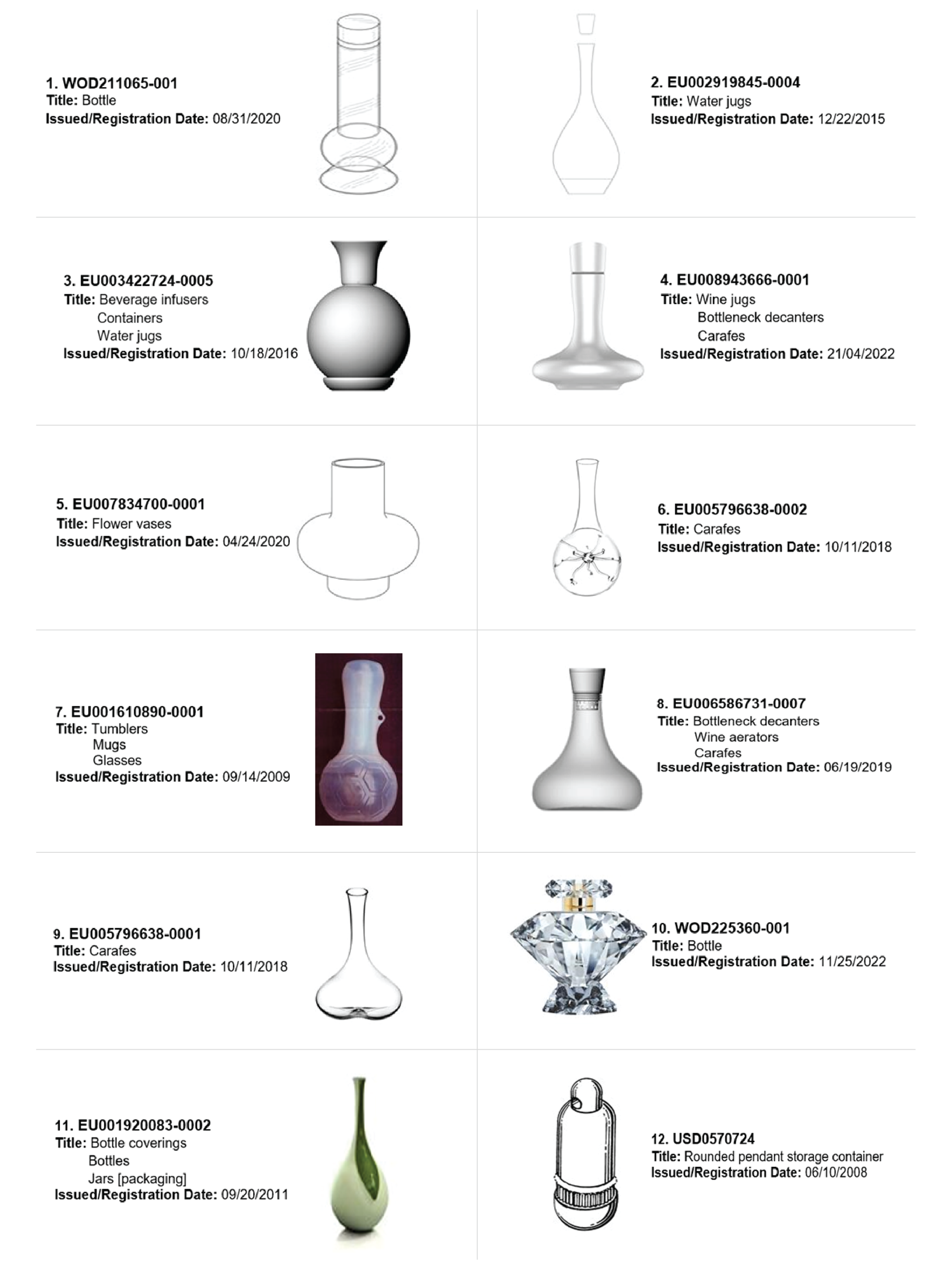
FIG. 4
In reference to the above bottle design, a patent design search has been conducted using all the databases required and we have identified and reported 12 patent references and 5 non-patent literature references, which have been organized in order of relevance.
Non- Patent Literature
3.1. Title: Vintage Cobalt Blue Blown Glass Vase Decanter Primitive Antique 7″
URL:https://www.ebay.co.uk/itm/355839125527?itmmeta=01J36W2PKNEG6572W5MW02EHTY&hash=item52d9aa2817:g:MkEAAOSwhyFmhVhY
Accessed date: – December 13, 2024
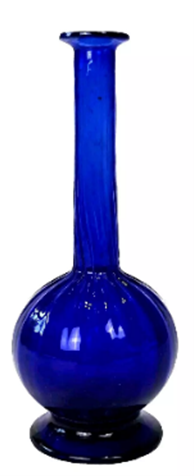
FIG. 5
3.2. Title: Vintage Clear Glass Bottle 7.5″ Tall Unmarked Ornate
URL: https://www.ebay.com/itm/124892588153
Accessed date: – December 13, 2024
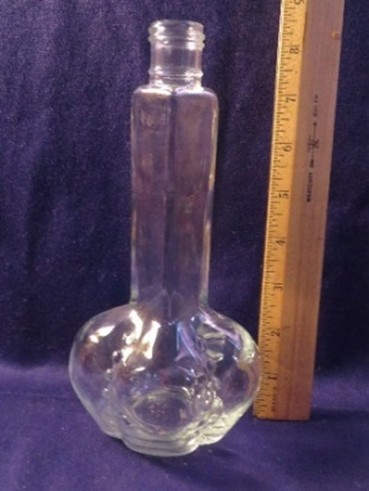
FIG. 6
3.3. Title: Vintage Glass Liqueur Bottle 4 Compartments Made in France
URL: https://www.ebay.com.my/itm/255771730337
Accessed date: – December 13, 2024
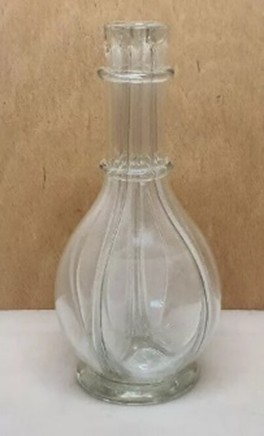
FIG. 7
3.4. Title: Vintage Glass Decorative Liquor Bottle Embossed Barware Collectibles
URL: https://poshmark.ca/listing/Vintage-Glass-Decorative-Liquor-Bottle-Embossed-Barware-Collectibles-639b8b3887a2f5cb4963dadf
Accessed date: – December 13, 2024
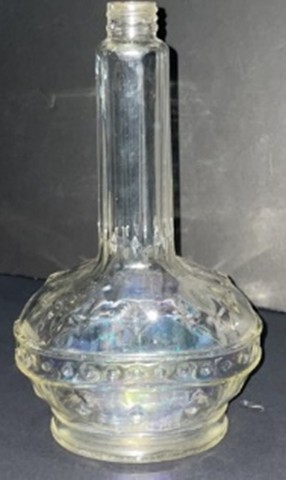
FIG. 8
3.5. Title: Vintage bottle, vintage pressed glass liquor bottle, glass liquor bottle with stopper, large glass bottle, vintage glass whiskey bottle
URL: https://www.etsy.com/listing/1152270685/vintage-bottle-vintage-pressed-glass
Accessed date: – December 13, 2024
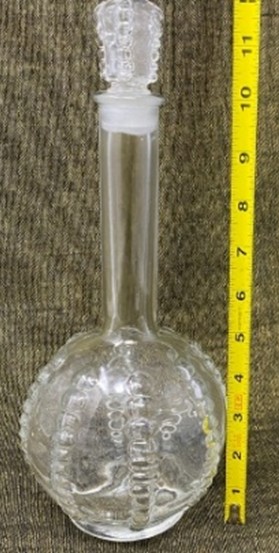
FIG. 9
Conclusion
A design patent search is a vital step in protecting creative innovations by ensuring their uniqueness and confirming they do not infringe upon existing patents. By identifying prior art, inventors can validate the originality of their designs, mitigating the risks of duplication, application rejection, or potential legal disputes. This process safeguards the ornamental aspects of a design, offering individuals and businesses a clear pathway to securing design patent protection. Utilizing both free databases—such as the USPTO Patent Full-Text and Image Database and Google Patents—and paid databases like Derwent Innovation and Questel Orbit enhances search precision. These tools leverage features such as AI-powered image recognition and global design patent coverage to uncover prior art effectively. By defining search parameters, leveraging classification codes, and meticulously analyzing visual elements, inventors can uncover relevant patents with accuracy and confidence.
A comprehensive search provides valuable insights into the legal status of existing designs, such as whether a patent is active, expired, or abandoned, enabling better decision-making and risk assessment. For additional precision and strategic guidance, consulting a patent attorney or Legal Advantage is highly recommended, as they bring advanced expertise and tools to ensure no critical details are overlooked. Once the design patent is fully granted, the final step involves enforcement, which ensures freedom to operate and commercially use the registered or unregistered design. This critical phase grants inventors the legal right to protect their work, enabling them to confidently use, license, or defend their designs in the marketplace. In the competitive world of design innovation, a thorough patent search and proper enforcement represent a strategic investment, safeguarding intellectual property and fostering long-term success.
Legal Advantage LLC employs the highest standards to ensure the accuracy of each prior art search report and patent reference information. Every search is conducted by a qualified professional with expertise in the relevant technical field and the patent searching domain. However, the accuracy and completeness of the provided data are subject to the scope outlined in the search quote, the time allocated for the search, and the databases utilized.


